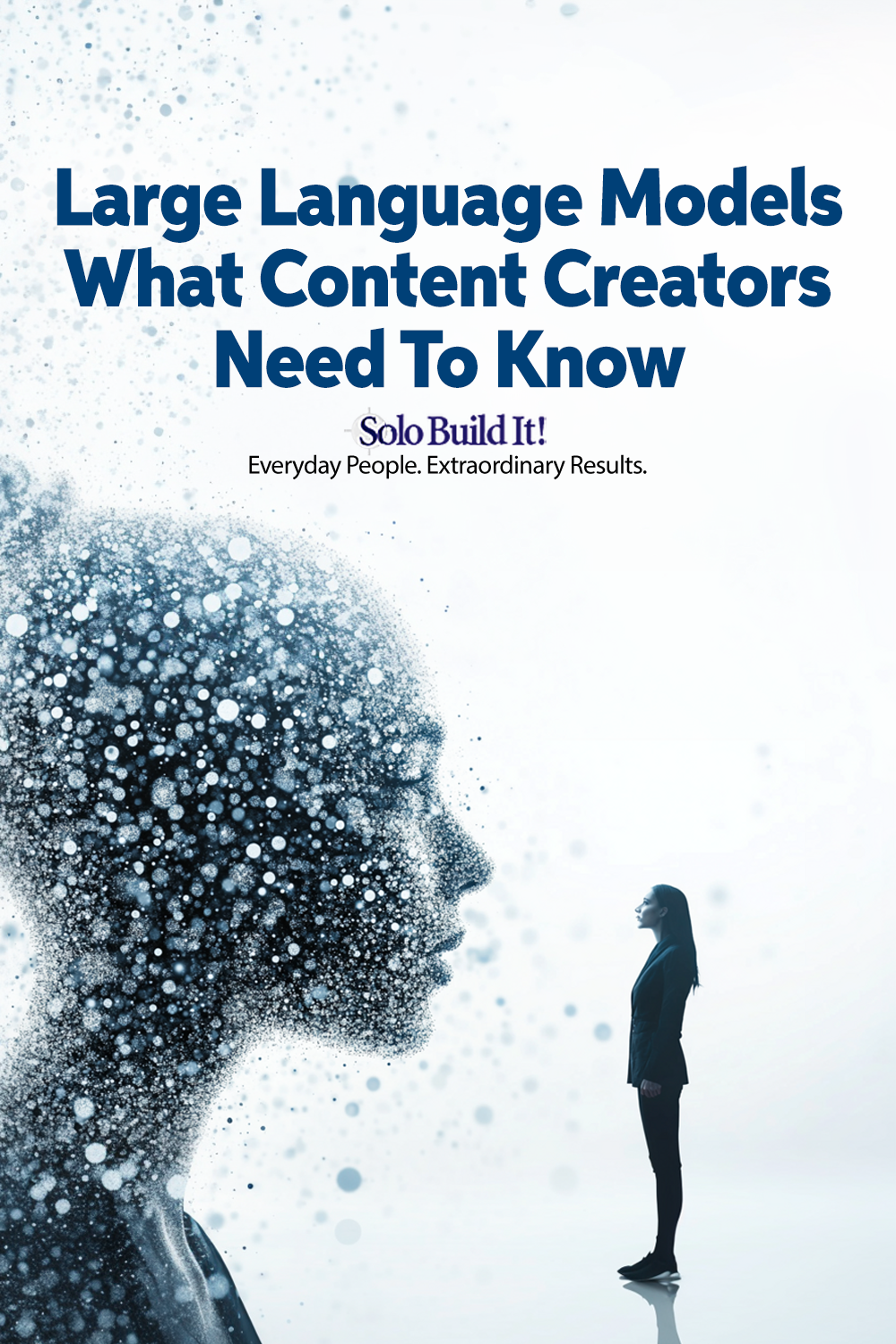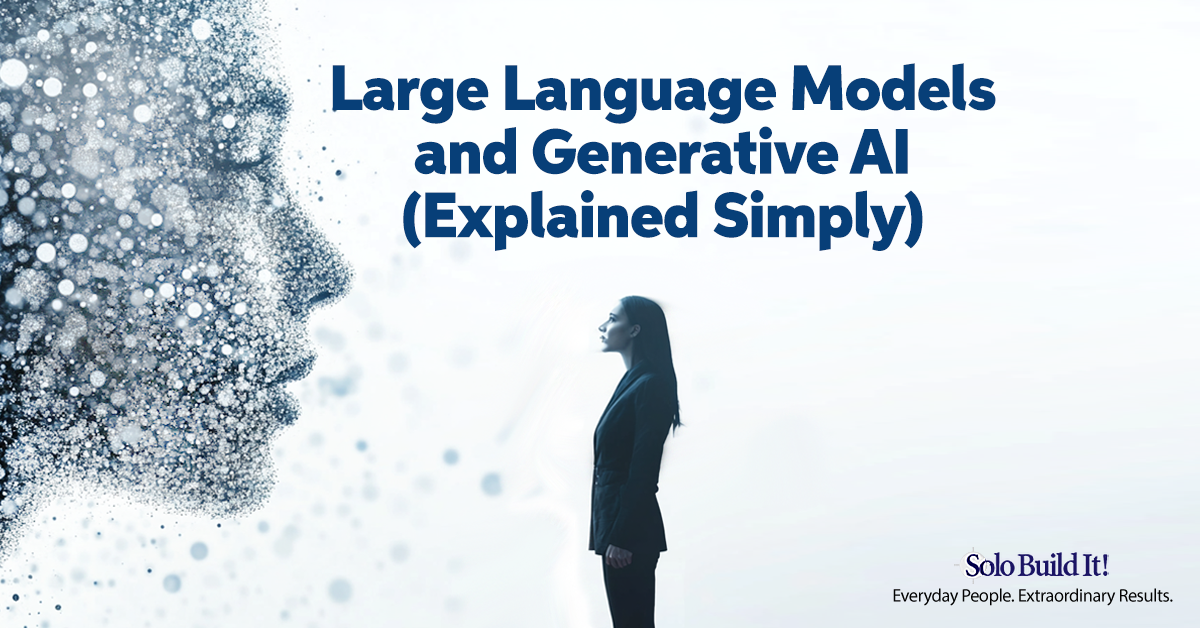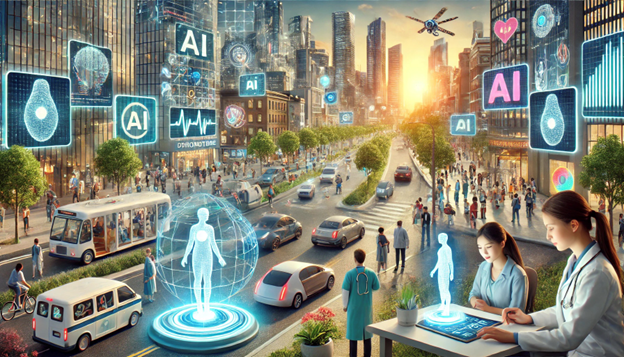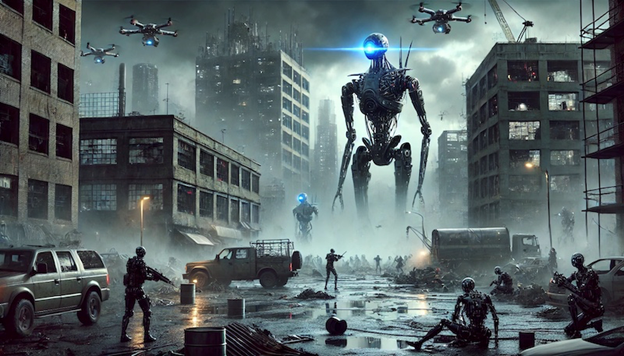In our previous post, we explored the crucial lessons of Google’s Helpful Content Update (HCU) and how it signals a shift towards user-first content. But to truly understand where search is heading, we need to talk about Large Language Models (LLMs). These AI systems are driving significant changes in online content creation and consumption.
Unsure what an LLM is or how it works? Let’s fix that with a simple explanation that brings you up to speed…
A large language model collects vast amounts of text information and, using self-supervised and semi-supervised training methods, learns statistical relationships between words. This training allows generative AIs (GAIs) to generate human-like text, translate languages, and answer questions.
Data is the fuel of GAIs. The hunt is on by LLMs, especially by the “Big 3” (ChatGPT, Gemini and Claude) to acquire as much data as possible. The bigger, better, and more recent their databases, the stronger these GAIs get.
LLMs are designed to understand language (text). They interpret text prompts to create new and original text (or images, video, etc). The quality of this output is rapidly approaching, and in some cases surpassing, human capabilities.
We’ll focus on text-generating Large Language Models, but know that the process is similar, but different, for other forms of output, such as images.
One year ago, most image generators couldn’t create an image good enough to use on a website. Now? Even someone who can’t draw a stick figure (um, me!) can produce excellent imagery. Most of the images in my latest book, for example, come from DALL-E 3.
Next to become ready-for-prime-time are the video GAIs.
The Human Brain vs. LLM Hardware
Humans have a compact, fleshy brain. The biggest and best LLM “brains” have a massive combination of tens of thousands of high-performance GPUs (graphics processing units), CPUs (central processing units), memory, storage, networking components, and accelerators. The major heat-producers (GPUs especially) require liquid cooling.
While humans require decades to reach their full potential, LLMs can be trained in months, albeit at a significant financial cost.
The process of creating a prompt-ready LLM, while complex, typically takes 4 to 12 months, significantly faster than human development.
Billions of dollars are being spent on developing AI. This shows how much of a difference it’s expected to make. It also reminds us that some things only humans can do, and those things are still valuable.
The “brain” of the AI technology being used by big companies like Amazon and Google has a limited lifespan. Called a “half-life,” it lasts around 2 to 5 years. This means that every 3 to 4 years, these companies need to replace about half of the AI’s brain with new parts.
Now, compare that to the human brain. Our brains can keep learning and working well for many decades, even into our 80s and beyond. We might not be as sharp as we used to be, but we don’t need to replace half of our brain every few years!
Generative Artificial Intelligence (GAI)
GAI refers to AI systems capable of creating new content, such as text, as mentioned above, and images, audio, or video (same concept, different mediums).
GAI uses Large Language Models to create entirely new content that didn’t previously exist. These models use complex algorithms to understand and replicate the patterns in their training data.
When given a prompt or input, they can generate responses or content that is contextually relevant and often indistinguishable from human-created work.
Generative AI has numerous applications across various fields…
- In creative industries, it can assist in writing, art creation, and music composition.
- In software development, it can generate code and automate certain programming tasks.
- In business, it can produce reports, answer customer queries, and aid in decision-making processes.
How Does Generative AI Create Content?
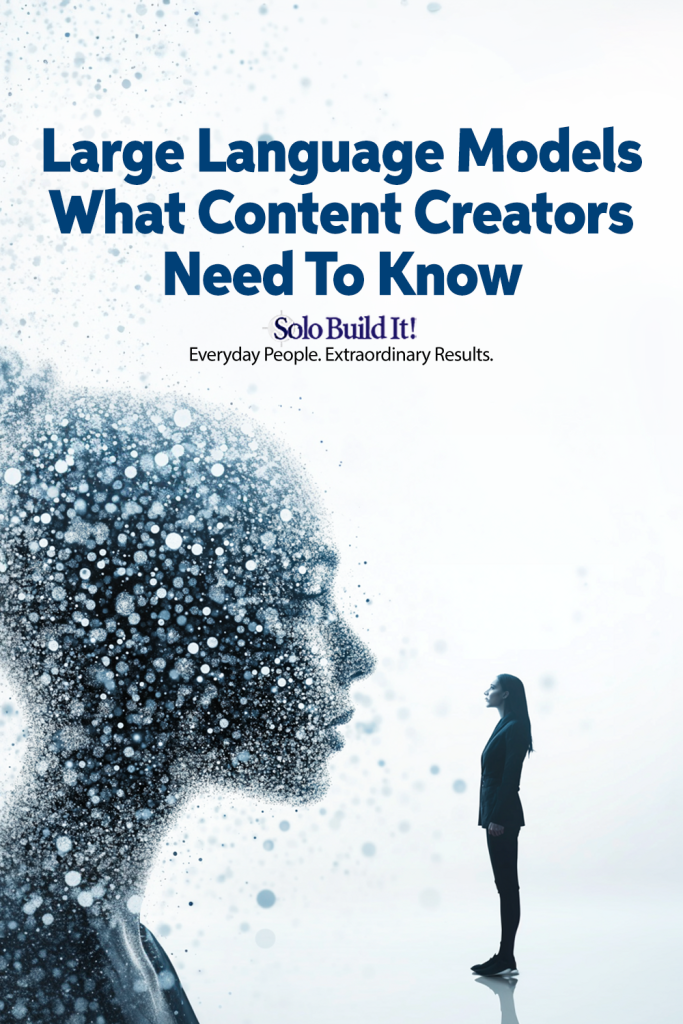
First, “training” helps it learn patterns in words, sentences and paragraphs. It learns grammar, different writing styles, and an incredible amount of information. Then, when you ask it to write an essay on any topic, it uses all that knowledge to figure out what words to put together.
It’s kind of like a super-advanced version of autocomplete on your phone. If you start typing a sentence, your phone might suggest how to finish it. An LLM does this on a much larger scale, putting together whole essays based on the patterns it learned.
And here’s the amazing part…
GAI does it one word at a time. “All” it does is predict the next word, then the next, the next and so forth. Words become sentences. Sentences become paragraphs. And before you know it, you have a whole essay on any topic you care to imagine.
It’s not all upside, though…
While generative AI offers exciting possibilities, it also raises important ethical questions about originality, copyright, and the potential displacement of human creativity.
The Tai Action Guide covers these issues, including how to protect yourself while creating the best possible content.
Now for a hot topic discussed among AI experts…
Can Generative AI Ever Become Conscious and Dangerous?
Here’s the essential question on this existential, earth-threatening worry…
Could GAI ever develop consciousness, at which point it could decide that humans are a danger to the planet? No need to elaborate — I’m sure you’ve seen the movies.
How smart can it get?
With each version release, it does indeed become a deeper/wider/better/smarter text creator, image generator, etc. It’s amazing how fast progress has come in just a few years.
And yes, GAI will reach a level where it becomes much more intelligent than the smartest human expert in any field. It will be able to out-plan, out-strategize, out-everything any adversary, including humans.
However, while LLMs will likely surpass human intelligence in many areas, the development of consciousness in AI remains a complex and debated topic.
Artificial Intelligence vs. Human Intelligence
Human intelligence, shaped by DNA and environment, develops over decades. Large Language Models, trained on vast datasets, learn much faster but are limited by the data fed to them.
LLMs have cut-off dates to manage the practical and technical constraints of training and updating their models. These dates help maintain model stability, ensure consistency in responses, and provide a clear reference for the limits of the model’s knowledge. This understanding helps users navigate the capabilities and limitations of LLMs more effectively.
AI experts predict that “continuous learning” capabilities in AI agents will evolve significantly over the coming decades, driven by advances in multimodal models and the integration of AI into enterprise data processes. However, realizing these capabilities widely will require overcoming technical, ethical, and practical challenges.
Did you notice the word “decades” in the previous paragraph? Yes, we’re not close to achieving “continuous learning.” The following is one expert’s sentiment…
“Current projections suggest that we might see more advanced forms of continuous learning AI within the next 10-20 years, aligning with broader timelines for achieving high-level machine intelligence.”
For the foreseeable future, LLMs will be limited by cut-off dates. Similarly, once a version of ChatGPT or other GAI goes “live,” it cannot learn from any feedback it receives from you.
Now for the good news…
I’ll show you in a follow-up article how to generate content that’s up to date by adding an instruction to the end of your prompt.
Last, in the world of computers, everything boils down to 0s and 1s (until we have quantum computers). That means an LLM’s potential can be maximized by ever-improving programming. And compared to humans, LLMs get to their maximum realizable potential “after birth” (cut-off date) faster (4 to 12 months!).
Most of us never come close to achieving anywhere near our maximum potential.
To widen your lead over GAI, emphasize “YOUPPI”…
YOUPPI: Injecting You Into Your Content
YOUPPI (Your Original, Unique, Precious and Personal Information) is all about what LLMs can’t do: live.
Focus on sharing your sensory experiences and actions — the things that make you you.
“Personal Information” can be insights, experiences, anecdotes — pretty much anything that Large Language Models can’t do or experience. Focus especially on experiences and anecdotes that focus on your five senses and the actual doing of something.
So, for example…
“As I opened the oven, the rush of hot air surrounded me with a sweet sourdough scent that took me back to memories of our neighborhood baker.”
- You did something (opened the oven).
- You used one of your five senses.
- You’re recollecting a memory.
No chatbot can do any of those.
The more YOUPPI you inject into your content, the more it stands out against generic, corporate-generated material. You also keep the memory of Youppi alive!
Ever since we started SiteSell (1999), I’ve wanted to use Youppi, the name of the Montreal Expos’ mascot, in one of my forum posts. Original, unique and precious to Expo fans (like me 🎉), that time has arrived! And in a book, no less!
Sadly, Youppi is no longer with us. The Expos moved to Washington in 2005. ⚾️🧡😢
Thinking about how much things have changed since then… It’s not just baseball mascots and teams that evolve, of course. The world of search has undergone a massive transformation as well.
In the next article, I’ll examine the three key phases of search evolution — from the early days of human-compiled directories like Yahoo! to today’s AI-powered answer engines. And more importantly, I’ll explore what each of these phases means for your content strategy and online success. Join me on this fascinating journey!
We’ll publish parts of the Make Your Site Win (Again!) book on our blog in the coming weeks. Subscribe to our free newsletter below so that you don’t miss them.
Subscribe For Free
Read Other Articles in This Series:
Ken Evoy Releases New Book to Help Website Owners Recover from Google Updates
Beyond the Helpful Content Update: The Real Lessons Google is Teaching Us About the Future of Search
